Sealing
| Flat Band |
|
The common Flat Band is an old stand-by configuration that was originally developed to make seals with widths wider than that which could be made with round wire. In most applications, the Flat Band has been replaced by the Tapered-edge Band or the Reflex Band. The Flat Band has the major disadvantage of sharp square edges that cut into and weaken the film along the edge of the seal. Failures of this kind are called “zipper failures”; the seal itself is well secured and appears good, but the package is dangerously weakened.
| Tapered Edge Band |  |
This band, usually called Tapered Band, is the contemporary version of the Flat Band. On this band the edges have been tapered down to a very thin edge. This produces two advantages. The tapering removes the sharp outer edge that cuts into the film while heating. It also acts to reduce the temperature of the band along its outer edges. Without a tapered edge the band will cut into the film along the edge of the seal and weaken the package.
| Reflex Band |  |
This is an excellent band for thick materials, hard to seal materials, and vacuum packaging. Because of the convex configuration of the band, it only makes edge contact with the underlayment backing. This limited contact minimizes heat loss and provides more energy for the sealing of the film. The Reflex Band is also excellent for liquid sealing because the convex face acts to squeeze the liquid out of the seal zone as the seal is made.
| Double Seam Band |  |
The Double Seam Band is used to make two perfectly parallel narrow seals. Double seams, although rarely needed, produce the impression of greater integrity. They are useful in sealing liquids or other hard to seal materials.










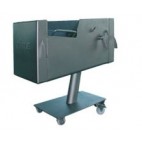



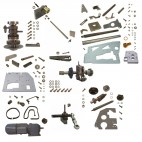
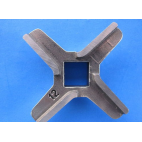
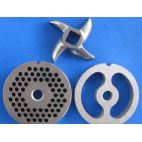
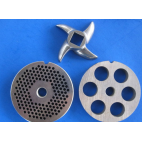
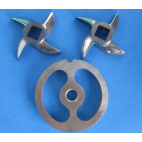
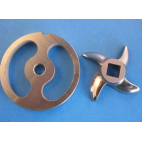















-238x94.jpg)


































